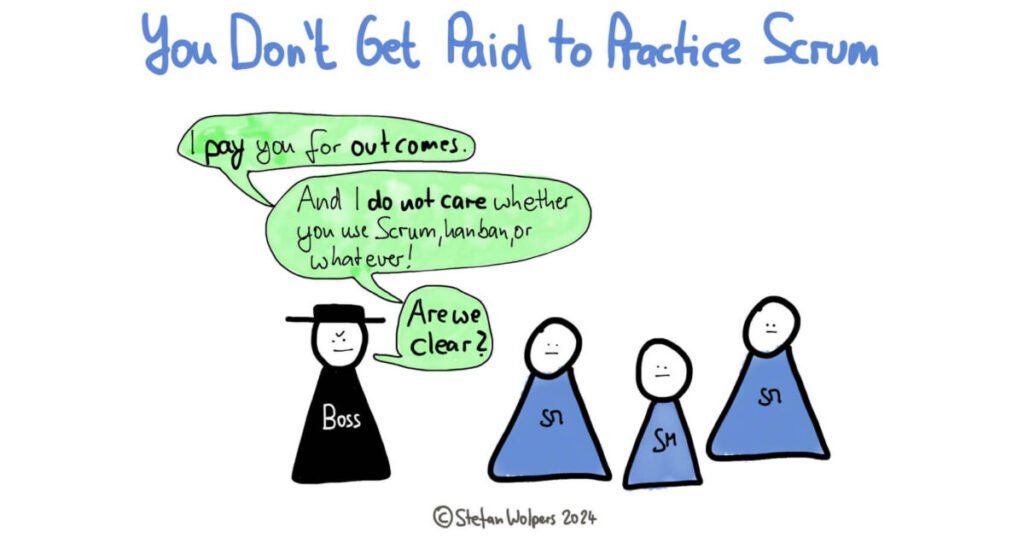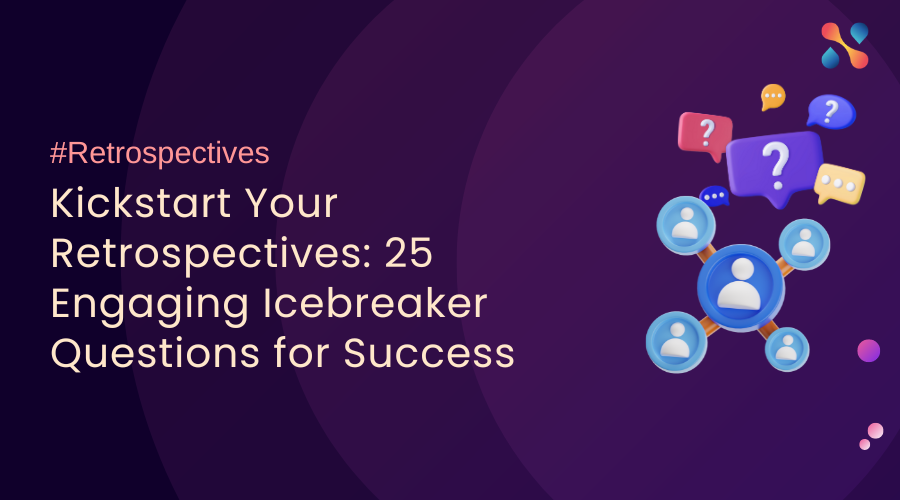Keeping work organized is essential for productivity and efficiency. A clear to-do list is crucial for staying on track, as it helps prioritize tasks, manage time effectively, and reduce stress. By outlining what needs to be done and in what order, a to-do list provides structure and clarity, ensuring that important tasks are not overlooked. This simple yet powerful organizational method is key to maintaining focus and systematically achieving goals.
Different Task Types and How to Manage Them
By categorizing tasks and managing them appropriately, you can enhance productivity, reduce stress, and ensure that important work is completed efficiently.
1. Urgent and Important Tasks:
Tasks that require immediate attention and have significant consequences if not completed. Prioritize these tasks at the top of your to-do list. Allocate dedicated time slots to ensure they are addressed promptly. Avoid distractions to maintain focus.
2. Important but Not Urgent Tasks:
These tasks do not require immediate action, but they are important for long-term goals. Schedule them into your calendar and break them into smaller steps if they are large projects and set deadlines to avoid procrastination.
3. Urgent but Not Important Tasks:
They require immediate attention but have little impact on long-term goals. Delegate these tasks to others if possible. If delegation is not an option, set strict time limits to complete them quickly and efficiently.
4. Not Urgent and Not Important Tasks:
These are neither crucial nor time-sensitive to your goals. You can minimize or eliminate them. They often serve as distractions. If they must be done, schedule them for low-energy times of the day.
5. Recurring Tasks:
Tasks that repeat regularly, such as daily or weekly duties. Automate them, if possible, using tools or software. Otherwise, schedule regular times in your calendar to handle them consistently.
6. One-Time Projects:
They are part of a single project or event with a clear start and end. Break them to smaller, manageable tasks. Use project management tools to track progress and set deadlines for each phase.
7. Creative Tasks:
Tasks that require brainstorming, innovation, or artistic effort. Schedule them during your peak creative times. Allow flexibility in your schedule to accommodate the non-linear nature of creative work.
8. Administrative Tasks:
Routine tasks that support the overall function of your work, such as filing or data entry. Batch these tasks together and set aside specific times to complete them, ensuring they don”t interrupt more critical work.
The Best Way to Organize Tasks
1. Keep a To-Do List
A to-do list is fundamental for task organization. It helps you track what needs to be done, prioritize tasks, and ensure nothing is forgotten. Maintain a daily, weekly, and monthly to-do list to stay on top of all your responsibilities.
2. Use a Task Management Tool
Digital tools allow you to track progress, set deadlines, and organize tasks. These tools often have features like reminders and collaboration options, making them ideal for individual and team projects.
3. Prioritize Tasks
Use the Eisenhower Matrix to categorize tasks based on urgency and importance. This method helps you focus on what truly matters and delegate or eliminate less critical tasks. Prioritizing ensures you spend time on activities that align with your goals.
4. Time Blocking
Allocate specific time slots for different tasks throughout your day. This method helps manage your time effectively, prevents multitasking, and ensures each task gets attention. Use your calendar to block out time for focused work.
5. Break Tasks into Smaller Steps
Divide larger tasks into smaller, more manageable steps. This makes daunting projects easier to tackle and helps maintain momentum. It also provides a sense of accomplishment as you complete each step, keeping you motivated.
6. Set Clear Goals and Deadlines
Define clear, achievable goals for your tasks and set deadlines to keep yourself accountable. Goals provide direction and purpose, while deadlines create a sense of urgency that can boost productivity.
7. Review and Adjust Regularly
Regularly review your task list and progress. Adjust your priorities and strategies as needed to stay on track. Weekly reviews can help you reflect on what’s working, what isn’t, and how to improve your task management.
Why Traditional To-Do Lists No Longer Work
Individuals and teams can overcome these deficiencies by shifting from traditional to-do lists to digital project management tools and enhance their productivity, organization, and collaboration.
-
Lack of Flexibility: Traditional written to-do lists are static and inflexible. When priorities change or new tasks emerge, it becomes cumbersome to reorganize and update the list. Project management tools like ActiveCollab offer dynamic updating and reordering, making it easier to adapt to changing demands.
-
Limited Visibility and Collaboration: Written lists are usually personal and not easily shared with others. This limits collaboration and visibility into team tasks and progress. Task management tools provide shared access, real-time updates, and collaboration features, ensuring everyone is on the same page and can contribute effectively.
-
Difficulty in Tracking Progress: Paper lists do not provide a clear view of progress or deadlines, leading to missed tasks and poor time management. Digital tools offer features like progress tracking, deadlines, and reminders, which help ensure that tasks are completed on time and milestones are met.
-
No Integration with Other Tools: Traditional to-do lists are standalone and do not integrate with other productivity tools, such as calendars, emails, or file storage systems. Project management tools like ActiveCollab integrate seamlessly with various platforms, streamlining workflow and improving efficiency by centralizing all task-related information.
-
Lack of Prioritization and Categorization: Paper lists often fail to prioritize tasks effectively or categorize them for better management. This can result in important tasks being overlooked. Digital tools allow for easy prioritization, categorization, and filtering, helping users focus on the most critical tasks first.
-
No Historical Data and Analysis: Written lists are usually discarded after use, losing valuable historical data that could be analyzed for improving productivity. Project management tools maintain a record of completed tasks, allowing for analysis of patterns, identification of bottlenecks, and continuous improvement of processes.
-
Time-Consuming to Maintain: Maintaining and updating written lists is time-consuming and prone to errors. Task management tools automate many of these processes, such as recurring tasks, status updates, and notifications, saving time and reducing the risk of oversight.
How to Organize a To-Do List
Organizing a to-do list effectively can significantly improve productivity and ensure that important tasks are prioritized. Here are some steps to create and manage a well-organized to-do list:
Categorize Tasks
Group similar tasks together, such as work-related, personal, and urgent. Use categories to help manage different areas of your life separately and prevent overwhelming.
Prioritize Tasks
Determine which tasks are most important and time sensitive. Assign priorities like high, medium, and low to each task to focus on what needs immediate attention.
Set Clear Deadlines
Establish due dates for each task to maintain accountability and urgency. Use calendar tools or reminders to track deadlines and avoid procrastination.
Break Down Larger Tasks
Divide complex or large tasks into smaller, more manageable steps. Create sub-tasks for each step, making it easier to track progress and stay motivated.
Use Action Verbs
Write tasks using action-oriented language to make them more specific and actionable. Instead of “Report,” write “Complete the quarterly financial report.”
Update and Review Regularly
Keep your to-do list current by reviewing and updating it regularly. Set aside time each day or week to add new tasks, mark completed ones, and adjust priorities as necessary.
Limit Daily Tasks
Avoid overwhelming yourself by limiting the number of tasks you aim to complete each day. Focus on 3-5 key daily tasks, ensuring quality over quantity.
Utilize Digital Tools
Use digital to-do list apps and project management tools for better organization and accessibility. They can help you manage tasks, set reminders, and collaborate with others.
Incorporate Time Blocking
Allocate specific time blocks in your schedule for each task or category. Use your calendar to reserve time for focused work on individual tasks, reducing distractions.
Keep It Simple
Avoid overcomplicating your to-do list with too many details. Keep task descriptions concise and to the point to maintain clarity and focus.
How ActiveCollab Helps You Stay on Top of Tasks
Staying on top of tasks requires a reliable system for managing and tracking your work. ActiveCollab offers a comprehensive solution that addresses common challenges in task management and boosts productivity. Here are several ways ActiveCollab helps you stay organized and efficient:
Centralized Task Management
ActiveCollab provides a single platform where you can create, assign, and track all your tasks. This centralization ensures you always know what needs to be done and can easily monitor progress.
Real-Time Collaboration
With ActiveCollab, team members can collaborate in real time, sharing updates, files, and comments directly within the task interface. This feature enhances communication and ensures everyone is on the same page.
Customizable Workflows
This project management tool allows you to customize workflows to match your specific needs. You can set up task dependencies, automate recurring tasks, and use templates to streamline your processes, making task management more efficient.
Time Tracking
The built-in time tracking feature helps you monitor how much time is spent on each task, enabling better time management and productivity analysis.
Prioritization and Deadlines
ActiveCollab enables you to set priorities and deadlines for each task. This functionality helps you focus on high-priority tasks and ensures that all tasks are completed within their respective timelines.
Project Overviews
The project overview feature provides a bird’s-eye view of all ongoing projects and tasks. This perspective helps you quickly assess project health, identify potential bottlenecks, and make informed decisions.
Benefits of Staying Organized at Work and Keeping a Tidy To-Do List
1. Increased Productivity
Staying organized and maintaining a tidy to-do list helps streamline your workflow. By knowing exactly what needs to be done and when, you can focus on tasks without wasting time figuring out priorities, leading to more efficient and effective work.
2. Reduced Stress
Clutter and disorganization can create a sense of chaos and overwhelm. An organized workspace and clear to-do list provide control and calm, reducing stress and mental fatigue.
3. Enhanced Focus and Concentration
A tidy to-do list helps you prioritize tasks and eliminate distractions. With a clear plan in place, you can concentrate better on the task at hand, improving the quality of your work.
4. Better Time Management
Organization allows for better planning and allocation of time. By managing your time more effectively, you can meet deadlines, avoid last-minute rushes, and have time for important but non-urgent tasks.
5. Improved Task Prioritization
A well-organized to-do list helps you identify and focus on high-priority tasks. This ensures that you tackle the most critical tasks first, enhancing your productivity and the impact of your work.
6. Increased Accountability
Keeping a tidy to-do list makes tracking progress and task completion easier. This transparency enhances personal accountability and helps ensure that nothing falls through the cracks.
7. Enhanced Professional Image
An organized approach to work reflects positively on your professionalism. It demonstrates reliability and competence, which can positively influence colleagues, managers, and clients.
8. Better Work-Life Balance
Efficient task management prevents work from spilling over into personal time. By staying organized, you can complete your tasks within work hours, leaving more time for personal activities and reducing the likelihood of burnout.
9. Increased Motivation
Seeing tasks checked off your to-do list provides a sense of achievement. This sense of accomplishment boosts motivation and morale, encouraging you to maintain productivity.
10. Easier Delegation
An organized to-do list clarifies what tasks can be delegated. This clarity allows you to delegate effectively, ensuring that tasks are handled by the right people and freeing up your time for more critical work.


